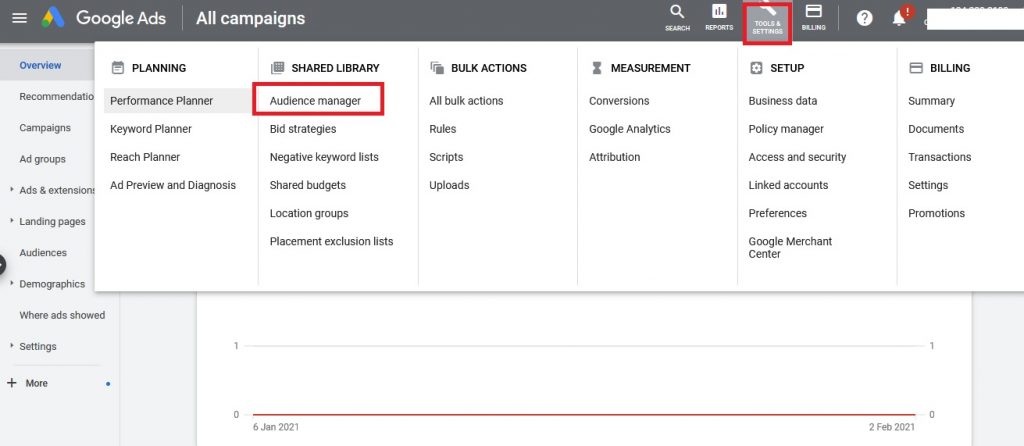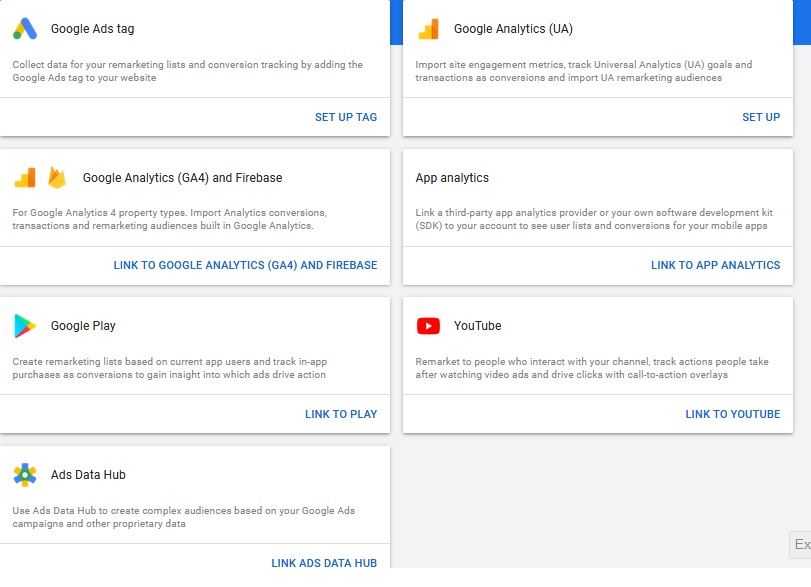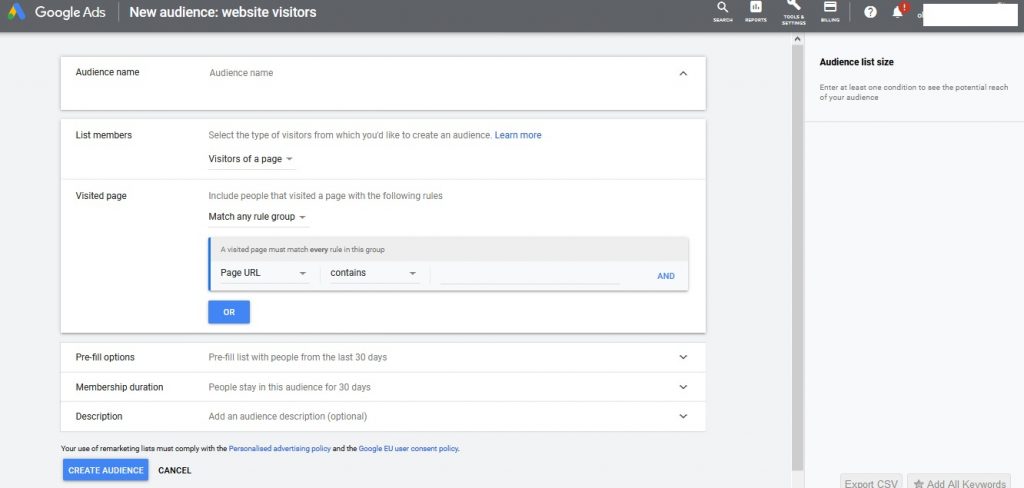It takes around five times more money to win a new customer than to generate a new sale from an existing customer.
You’ve heard that fact before, of course. It’s pretty much the first thing you learn in marketing school (what do you mean you never went to marketing school?).
In the marketers’ arsenal, retargeting and remarketing are powerful tools.
But wait, aren’t they the same thing?
Surely remarketing and retargeting are different terms for pushing ads to existing customers?
Well. Although there are a lot of similarities, they have some subtle differences that make them effective techniques in their own right.
What is retargeting?
The strategy of retargeting ads is used on paid search or paid social to display ads to people who have visited your site, or even a competitor’s site.
Retargeting uses the data from cookies to display ads to potentially interested parties. You might have experienced this before when you’ve been shopping for a specific product, only to see the banner ads for the same company show up across other websites.
The theory is that website visitors don’t necessarily buy on the first visit. They’ll do research, add something to a basket, forget about it for a month and maybe spot an ad one day that reminds them, “Oh yeah, I still need to buy a luxury hammock for my man cave”.
Essentially, retargeting is a way to jog the memory and keep you in the searcher’s thoughts.
What is remarketing?
Using remarketing as a strategy usually means that a customer has bought from you before, or had some kind of interaction with your brand. This should mean you have their email address or their cookie data on your system.
Most advertising platforms will allow you to collect visitor data so that you can market to them more effectively later.
In fact, remarketing usually refers to a more direct form of marketing, most often via an email newsletter. Essentially, you’re letting a previous customer know that there is a great deal on a product they’ve bought before or some other form of added value that they might be interested in.
However, you can also use display ads to do your remarketing. Perhaps issue a timely reminder to check out your latest product launch, sign up for your impending webinar, or snap up that tempting discount.
To confuse matters though, Google refers to many of its retargeting tools as remarketing tools.
How to use retargeting ads on paid search
Both Google and Bing, the two main search engines, allow you to use retargeting methods to display ads across their inventory of publisher sites.
The battle of the search engines? Read more about Google vs Bing here.
For Google this includes some of the most popular sites such as YouTube, Blogger, Gmail and a huge array of publishers on their display network.
Microsoft Ads, who own Bing, also have access to some incredibly popular sites including AOL, Wall Street Journal, Outlook, Amazon, Gumtree and MSN.com, among many others.
Google’s retargeting includes:
- Targeting past site visitors on the Google Display Network
- Dynamic retargeting, for a more optimised targeting experience
- Video ad retargeting for those who have interacted with your YouTube videos or ads on YouTube
- List remarketing, where you can either upload your own list of past customers, or use a remarketing tag to track users who haven’t checked out from your site
Microsoft Ad’s retargeting is a very similar deal, although it targets users who search on Yahoo or Bing.
You’ll need to install the tracking code for each platform, whichever one you’re using. These are pretty simple to install in your root, and once you’ve popped it on your site you’re good to go.
The remarketing for both of the platforms is actually quite dynamic, offering you the option to display customized content to the searcher. For example, if they searched for a specific product on your site, it can then be displayed in a banner ad on a partner site.
Setting up retargeting/remarketing on Google Ads
If you want to set up remarketing with Google, you’ll need to go to your Google Ads dashboard.
If you have the simplified view, you may need to click on the ‘Switch’ button which will then bring up an expanded dashboard.
Click on the ‘Tools and Settings’ icon in the nav bar and then click on ‘Shared Library’ and then ‘Audience Manager’.
Choose ‘Audience Sources’.

You’ll now be able to collect visitor data from a variety of sources, including YouTube, Google Play (app store) and Google Ads, among others.
For Google Ads, go to ‘Set Up’ and choose the second option, ‘Collect data on specific actions that people performed on your website to show personalized ads’.

Below that, you’ll then be able to select your business type.
Of course, if you just want to collect general data, select the first option.
Once you’ve saved it, you will then be given a data tag to upload to your site. Most site builders such as WordPress, SquareSpace, and Wix will have a Google Site Kit extension. Or, you can simply paste the metatag into the front page of your site.
Once you’ve set up your remarketing tag, you’re ready to start your new retargeting/marketing campaigns.
Targeting specific types of audience
Now that you have your site tag installed and linked, you can choose the actual types of site visitors you want to target.
Back on your Audience Sources page, choose ‘Audience Lists’
Under ‘Retargeting’ you can click on the large blue + icon.
This will take you to a page where you can set up new types of audience visitors. Start by naming your audience type.

Under ‘List Members’ you’ll be able to target people who visited pages with certain tags, dates of visits, or people who didn’t visit certain pages.
There’s also the option to specify people who visited a certain page, for example a landing page, blog post or perhaps an inventory item.
You can also edit how long you want to target this audience for, for example 30 days.
You’ll also get the option to start from scratch, with an empty list. Or, you can populate the list with visitors from the past 30 days, so long as you’ve had the tracking code installed during that time.
Of course, you can set up multiple audience types for multiple campaigns.
The benefits of retargeting and remarketing
If you’re seeing lots of traffic on your site, but you’re feeling like some customers are slipping through your digital fingers, then you should definitely be looking at retargeting.
And, if you sell a product or service with upsell potential (which is pretty much everyone), remarketing should definitely be part of your strategy.
With retargeting you get to:
- Keep your business in the mind of the customer
- Improve your chances of a repeat visit and eventual custom from visitors
- Target customers who have already shown an interest in your brand
And, if you’re using the remarketing strategy, you’re already advertising to people who know your brand. They might even have bought from you before, so the chances of them buying again are much higher than hooking in a new customer.
Both of these techniques are also a more affordable way of targeting web traffic, compared to attracting new custom.
In fact, the CPC for remarketing campaigns is lower and the conversion rate is over 128% more effective.
Now you’re interested, right?
Some more stats from Google (source):
- Display marketing drives nearly 20% of conversions for the average advertiser…
- Using remarketing on the Google Display Network can be just 2% of the average CPA compared to the search network
Is there less fraud in retargeted ads?
If you’ve been reading marketing news in recent years, you’ll be aware of the proliferation of click fraud and ad fraud on PPC ads.
For the uninitiated, click fraud is the all too common practice of fake clicks on your paid ads. In short, automated bots or non-genuine human users interact with your paid link, causing you to pay out but with no potential for a conversion.
The ad platforms refer to this as invalid traffic (IVT), and it’s been found to affect around 90% of all programmatic ads on Google and Microsoft Ads.
Put simply, the majority of Pay per click (PPC) advertisers are paying a significant share of their marketing budget to fraud.
Find out more about click fraud in our complete guide here.
So, is retargeting a good way to minimise your exposure to click fraud?
As you’re using cookies, and specific user emails, the theory is that retargeting and remarketing can be useful to reduce the potential exposure to click fraud.
However, the problem with retargeting and click fraud is that those fraudulent visitors will get a cookie too. So… You can end up retargeting non-genuine customers, doubling down on your invalid traffic.
The best way to prevent this from happening is to prevent those fraudulent visitors from getting a cookie. And that means, blocking their visit.
ClickCease stops visits from bots, known fraudulent sources such as click farms, and can even spot suspicious behaviour from human users such as repetitive clicks. It flags up unusual behaviour for you and allows you to choose whether to blacklist a device/user or not.
In short, if you’re running any form of a paid search campaign, ClickCease can help you drastically reduce the amount of fraud on your ads.
Sign up today for your free trial.
